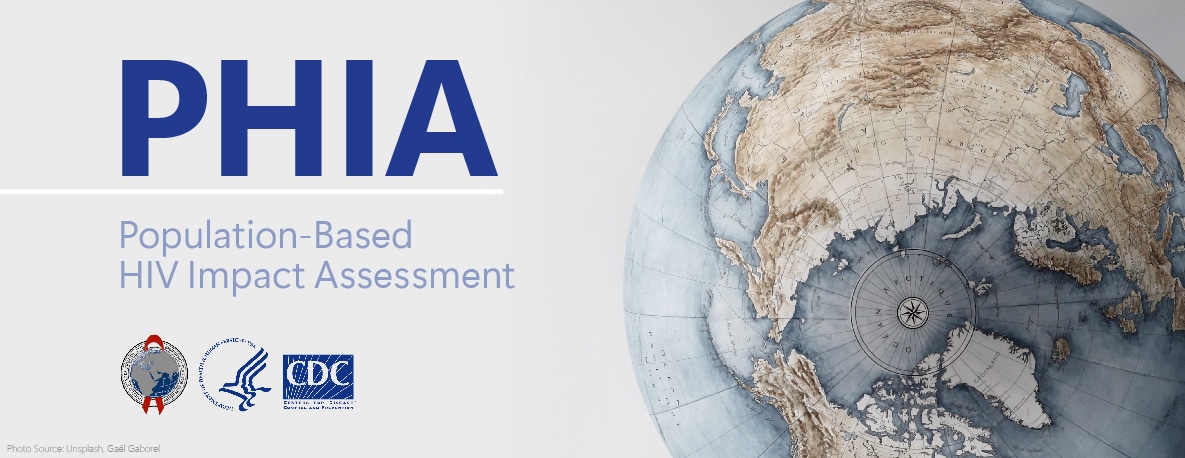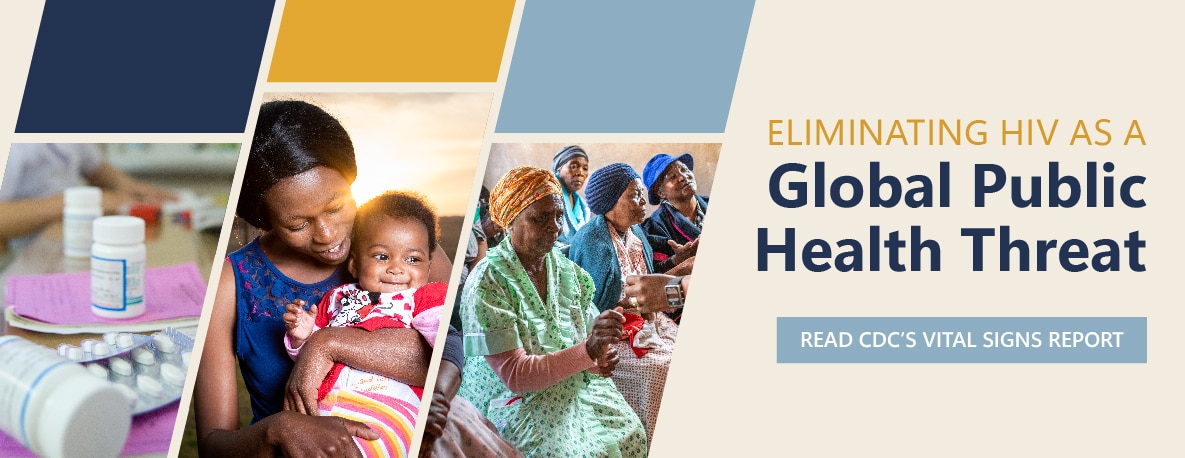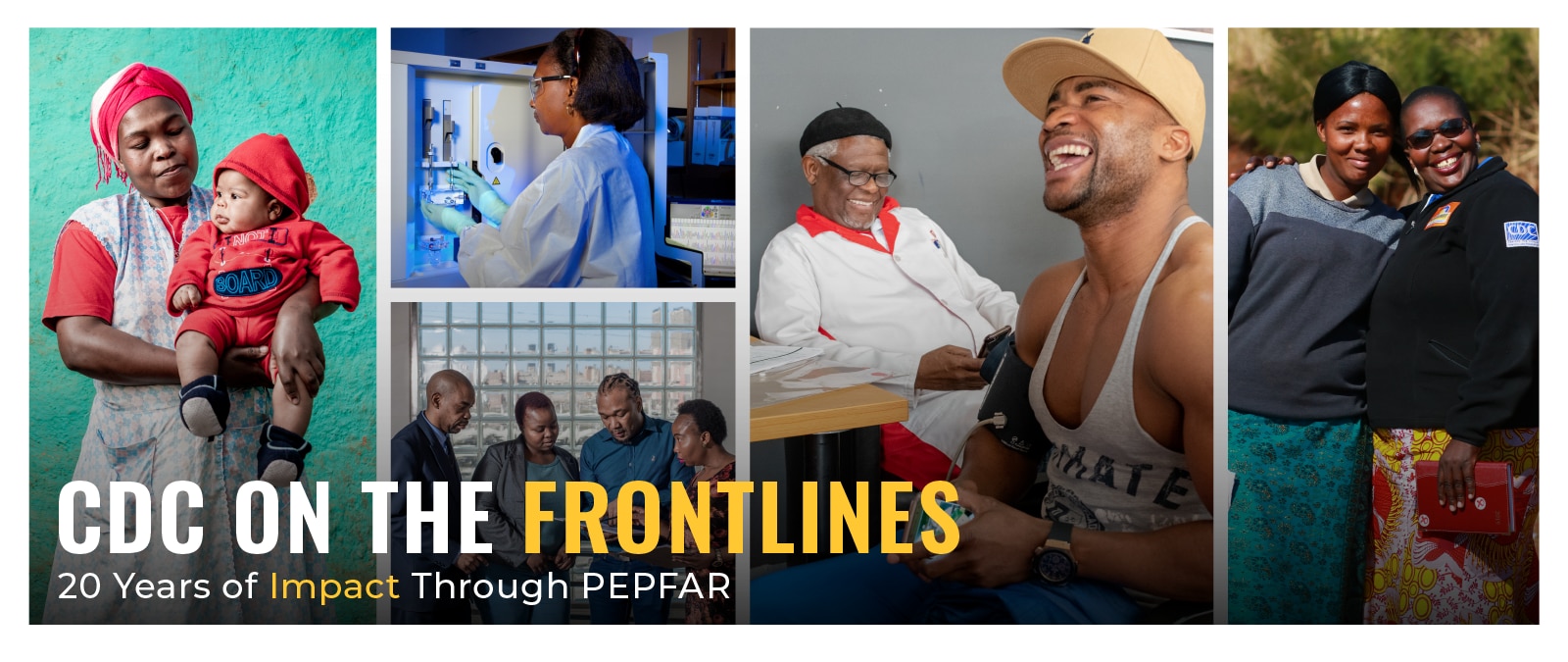Cote d’Ivoire Country Profile

Cote d’Ivoire Country Profile
Discover more about CDC’s work in Cote d’Ivoire by viewing our detailed country profile
Country Overview
CDC’s partnership with Côte d’Ivoire began in 1987 when the agency established a field station in Abidjan and launched the Retrovirus Côte d’Ivoire (CDC Retro-CI) project to begin utilizing key questions about the then emerging HIV epidemic. In 2004, that partnership expanded with the establishment of the U.S. President’s Emergency Plan for AIDS Relief (PEPFAR). Through PEPFAR, CDC began providing enhanced support to the country’s Ministry of Health & Public Hygiene and other HIV service providers. CDC continues to support national efforts around HIV prevention; increased awareness of the importance of antiretroviral treatment; intensified HIV testing efforts focused on men, children, and key populations– including men who have sex with men, people who inject drugs, and sex workers–who are at greater risk for HIV infection; expanded viral load testing and early infant diagnosis; and scale-up of tuberculosis testing and treatment.
Per Capita GNI
$2,620
(2022)
Population (million)
28.16
(2022)
Under 5 Mortality
74.8/1,000 Live Births
(2021)
Life Expectancy
58.6 Years
(2021)
Estimated HIV Prevalence
1.8%
(Ages 15-49): (2022)
Estimated AIDS Deaths
8,900
(Age≥15) (2022)
TB Treatment Success Rate
84%
(2020)
Estimated TB Incidence
128/100,000
(2021)
Estimated Orphans Due to AIDS
320,000
(2022)
TB patients with known HIV-status who are HIV-positive
13%
(2021)
Reported Number Receiving Antiretroviral Therapy (ART)
283,367
(Age≥15) (2022)
Strategic Focus
The U.S. Centers for Disease Control and Prevention (CDC) began its partnership with Côte d’Ivoire in 1987 by opening the Project Retrovirus Côte d’Ivoire (Retro-CI) laboratory in collaboration with the Ivoirian health ministry. In 2004, that partnership expanded when the U.S. President’s Emergency Plan for AIDS Relief (PEPFAR) started providing services in Côte d’Ivoire.
Today, Côte d’Ivoire has made significant progress with providing treatment to those who know they have HIV: 88% of them are on antiretroviral treatment (ART), and almost 80% of those on treatment are virally suppressed, based on the 2018 Population Health Impact Assessment (PHIA). However, AIDS is still one of the top causes of mortality in Côte d’Ivoire, with only about 4 in 10 adults with HIV knowing their status.
Key Activities and Accomplishments
Prevention and Treatment of HIV: CDC expertise is used to support national efforts on HIV prevention and increasing awareness of the importance of antiretroviral treatment (ART). To achieve epidemic control, CDC is intensifying HIV testing efforts for men, children, and key populations (KP) in addition to increasing testing coverage among women. CDC has also redesigned its office into field teams to provide more direct site-level technical assistance. Through collaborations with local partners, CDC partners are supporting integrated health services to reach men and children by offering multi-disease testing services. In addition, the county has prioritized services in a targeted list of health districts, representing more than 80% of the HIV burden. CDC has successfully supported scale-up of same day ART initiation and is assisting the scale up of differentiated service delivery models (DSDM) for stable patients receiving treatment.
Laboratory Systems and Networks: CDC recently helped expand HIV viral load (VL) testing and early infant diagnosis (EID) to every health region, and CDC expertise supported the creation of regional health labs to ensure better access to HIV testing services. Côte d’Ivoire also recently established an external quality control program for all of the country’s more than 3,000 HIV testing sites.
Strengthening Public Health Systems: CDC supports the Côte d’Ivoire health ministry in its efforts to rebuild its health capacity by expanding quality HIV prevention and treatment services nationwide. These systems include Tuberculosis (TB) testing and treatment, HIV testing services (HTS), prevention of mother-to-child HIV transmission (PMTCT), prevention among key and priority populations, prevention of medical transmission, care and support for orphans and vulnerable children, and gender and stigma reduction.
Because of CDC, Côte d’Ivoire is the first country in West Africa and in Francophone Africa to participate in the Extension for Community Healthcare Outcomes (Project ECHO). Through this program, on-going trainings take place for health officials. Project ECHO uses technology to livestream the trainings rather than requiring all participants travel to specific locations. This approach reduces costs and makes trainings available to a broader audience.
Strategic Information: CDC provides technical assistance (TA) to the Ivoirian health ministry and local partners to enhance data quality and use for decision-making. This support includes implementing data quality improvement approaches and HIV surveillance activities, such as Antenatal clinic (ANC) surveillance, drug resistance monitoring, program evaluations, population-based HIV impact assessments (PHIA), biological and behavioral surveys, and KP size estimation. CDC has been a key player in the planning of a national data quality improvement plan. Côte d’Ivoire is also the first county in Francophone African to implement CDC’s Violence Against Children Survey (VACS), and the results, expected in 2019, will be utilized to inform new policies.
Tuberculosis: Among people living with HIV in Côte d’Ivoire, Tuberculosis (TB) is the number one cause of death. CDC is helping local clinics implement new approaches to identify, treat, and prevent TB. These methods include automatic testing for co-infection whenever someone tests positive for either HIV or TB and then close monitoring of co-infected patients to achieve viral suppression, TB infection control, and TB preventive therapy.

Tracking PEPFAR Impact Toward Global Targets
The U.S. Centers for Disease Control and Prevention (CDC) works with partners including host countries, local implementing partners, faith-based organizations, and other community-based organizations to measure progress towards HIV epidemic control in countries supported by the U.S. President’s Emergency Plan for AIDS Relief (PEPFAR).

Vital Signs: Global HIV Communications Toolkit
In 2003, the U.S. President’s Emergency Plan for AIDS Relief, or PEPFAR, was announced. When it was launched, PEPFAR became the largest commitment by any nation to address a single disease in history. At the time, HIV was a global crisis, devastating families, communities, and economies worldwide—particularly in sub-Saharan African countries.

CDC On the Frontlines
Over the past 20 years, the U.S. President’s Emergency Plan for AIDS Relief (PEPFAR) has saved millions of lives as a leader in the global response to two of the world’s deadliest infectious diseases – HIV and TB. As a key implementing agency of the U.S. President’s Emergency Plan for AIDS Relief (PEPFAR), CDC is at the forefront of these global efforts to treat and prevent these diseases.